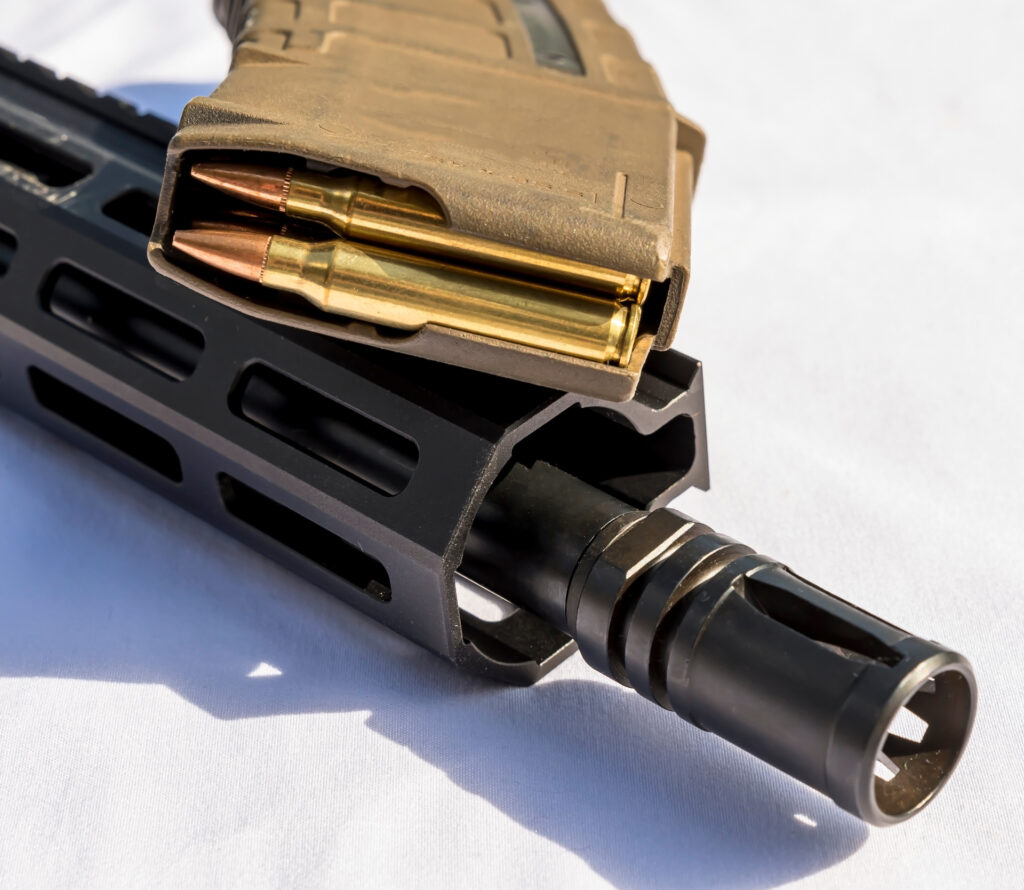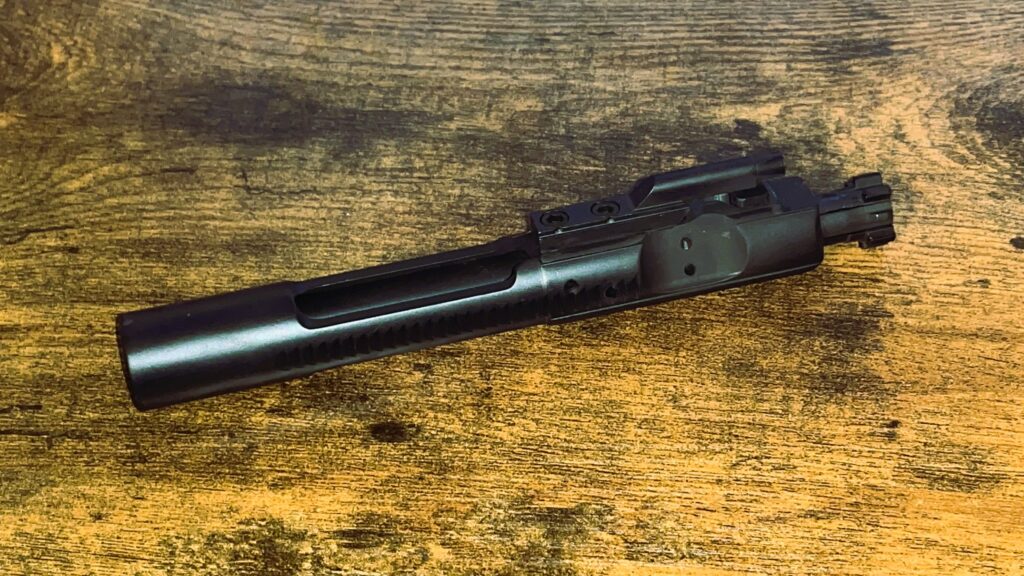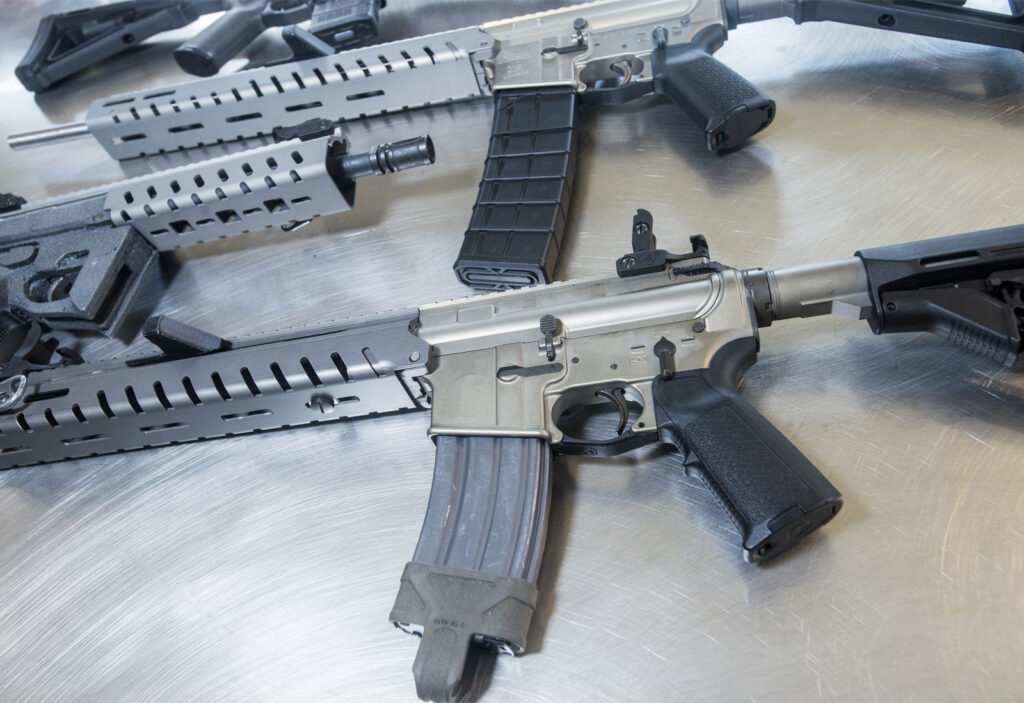The AR-15 is a highly versatile rifle platform that can be customized for various uses, from home defense to long-range shooting. Building your AR-15 can seem daunting, but it can be a fun and rewarding process with some guidance. Let’s cover the critical components of a multi-purpose AR-15 build and provide some tips and tricks.
Upper Receiver
The upper receiver is where you’ll mount your barrel, handguard, and other vital components. When choosing an upper receiver, consider whether you want a standard or side-charging model. Side-charging models allow for easier manipulation of the bolt carrier group and can be advantageous in specific scenarios. Look for an upper receiver with a durable finish, such as hard coat anodized, and a Picatinny rail for mounting optics.
Barrel
The barrel is arguably the most critical component of your AR-15 build, as it determines your rifle’s accuracy and range. Consider the length, twist rate, and chambering when choosing a barrel. For a multi-purpose build, a 16-inch barrel with a 1:7 or 1:8 twist rate and chambered in 5.56 NATO or .223 Wylde is a solid choice. Stainless steel and chrome-lined barrels offer durability and accuracy, respectively.

Handguard
The handguard is where you’ll mount accessories, such as lights, lasers, and grips. Consider the length, weight, and attachment method when choosing a handguard. A free-floating handguard can increase accuracy and reduce weight, while a drop-in handguard can be easier to install. Look for a handguard with plenty of attachment points and a comfortable grip.
Gas System
The gas system is responsible for cycling the bolt carrier group and ejecting spent casings. When choosing a gas system, consider the length and reliability. For a 16-inch barrel, a mid-length or carbine-length gas system is ideal. A high-quality gas block and gas tube can improve reliability and reduce recoil.
Bolt Carrier Group
The bolt carrier group is the heart of your AR-15 and is responsible for chambering and ejecting rounds. When choosing a bolt carrier group, look for one made from high-quality materials, such as Carpenter 158 steel. A nickel boron or chrome lining can improve reliability and reduce fouling. A lightweight carrier can reduce recoil but may sacrifice durability.

Lower Receiver
The lower receiver is the foundation of your AR-15 build. When choosing a lower receiver, look for one made from high-quality materials, such as 7075-T6 aluminum. It’s also essential to select a lower receiver with a mil-spec or commercial buffer tube, depending on your preference. The buffer tube and buffer weight will impact the recoil and reliability of your rifle, so choose wisely.
Trigger
The trigger is a critical component of your AR-15’s accuracy and reliability. When choosing a trigger, consider whether you want a single-stage or two-stage model and an adjustable or non-adjustable model. A high-quality trigger can improve your rifle’s accuracy and make shooting more enjoyable.
Stock
The stock is where you’ll rest your cheek and shoulder while shooting. When choosing a stock, consider whether you want a fixed or adjustable model and a traditional or modern design. A lightweight stock can reduce overall weight, while a padded stock can improve comfort and reduce felt recoil.

Get Yours Today!
Every AR-15 build should include thoughtful consideration of the upper receiver, barrel, handguard, gas system, bolt carrier group, lower receiver, trigger, and stock. Each component plays an important role in accuracy, reliability, and ensuring shooter comfort. While traditional AR-15 receivers come with their own advantages, side-charge AR-15s offer a superior choice for many shooters. Enhanced accuracy and reliability are just two benefits that side-charge AR-15s provide. You can be confident that your AR-15 build is optimized to meet your desired performance as you consider choosing a side-charge receiver from Critical Objectives; check us out!

